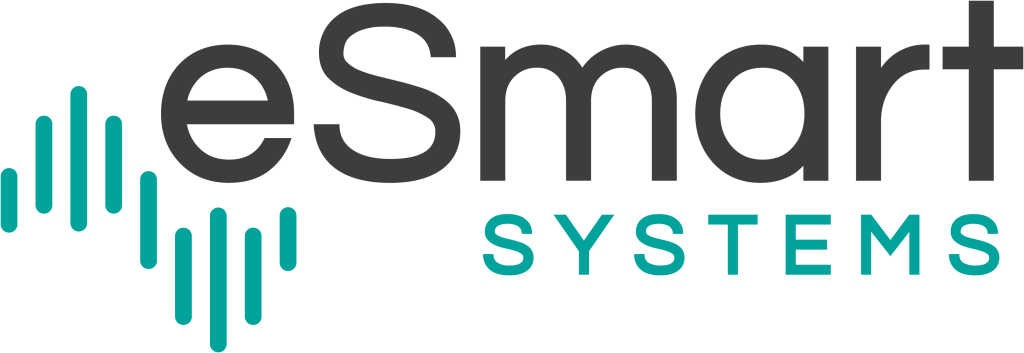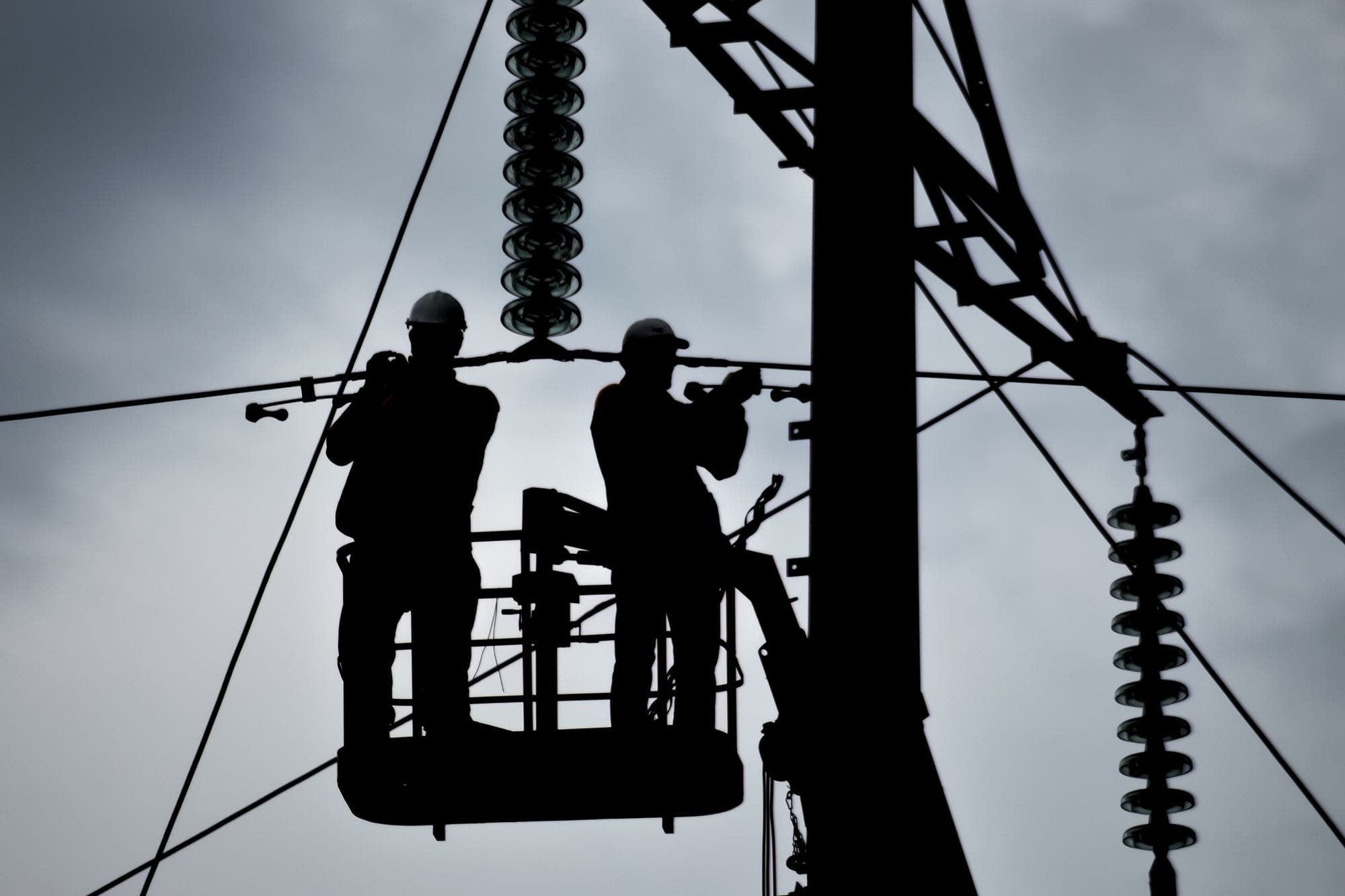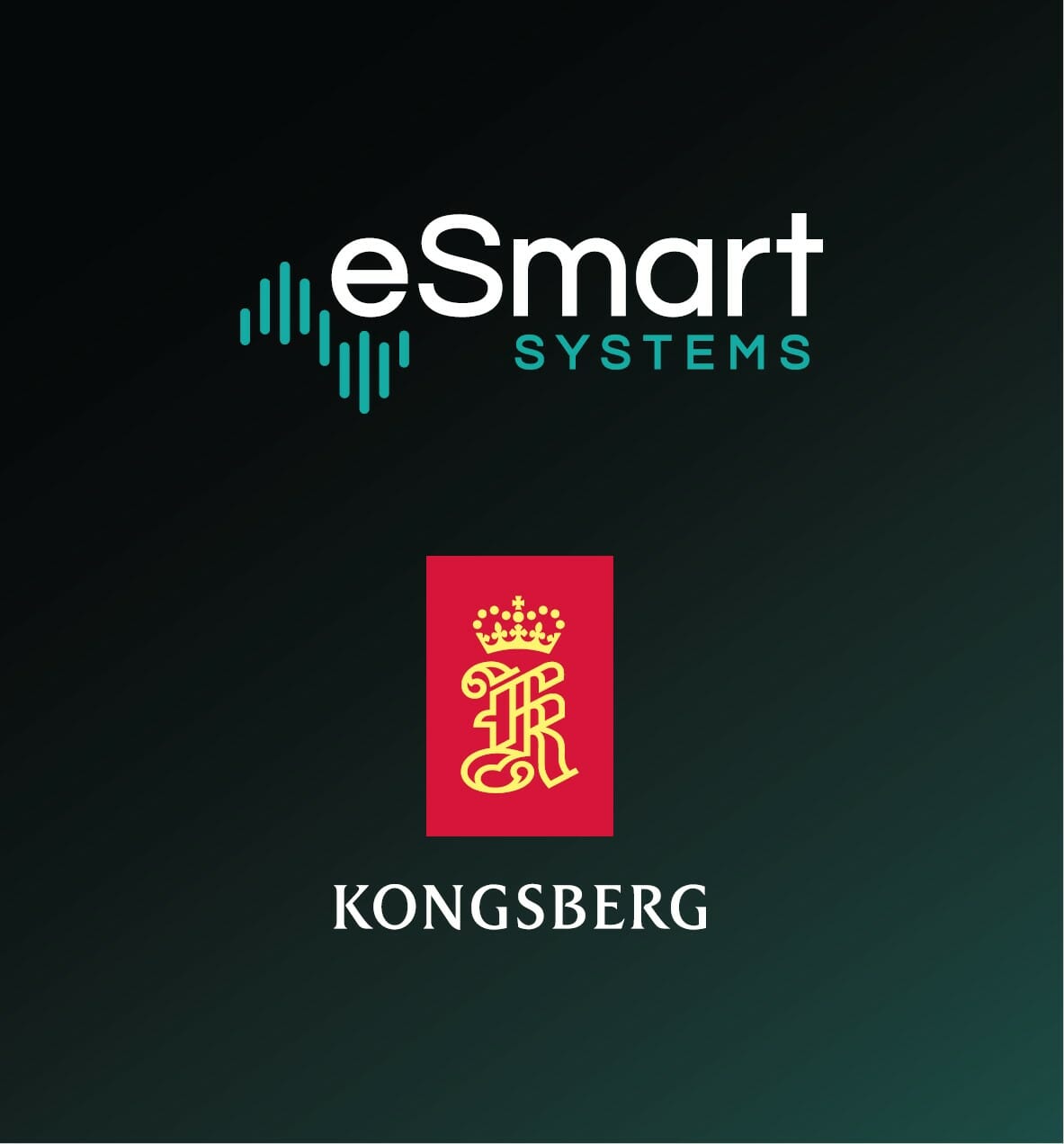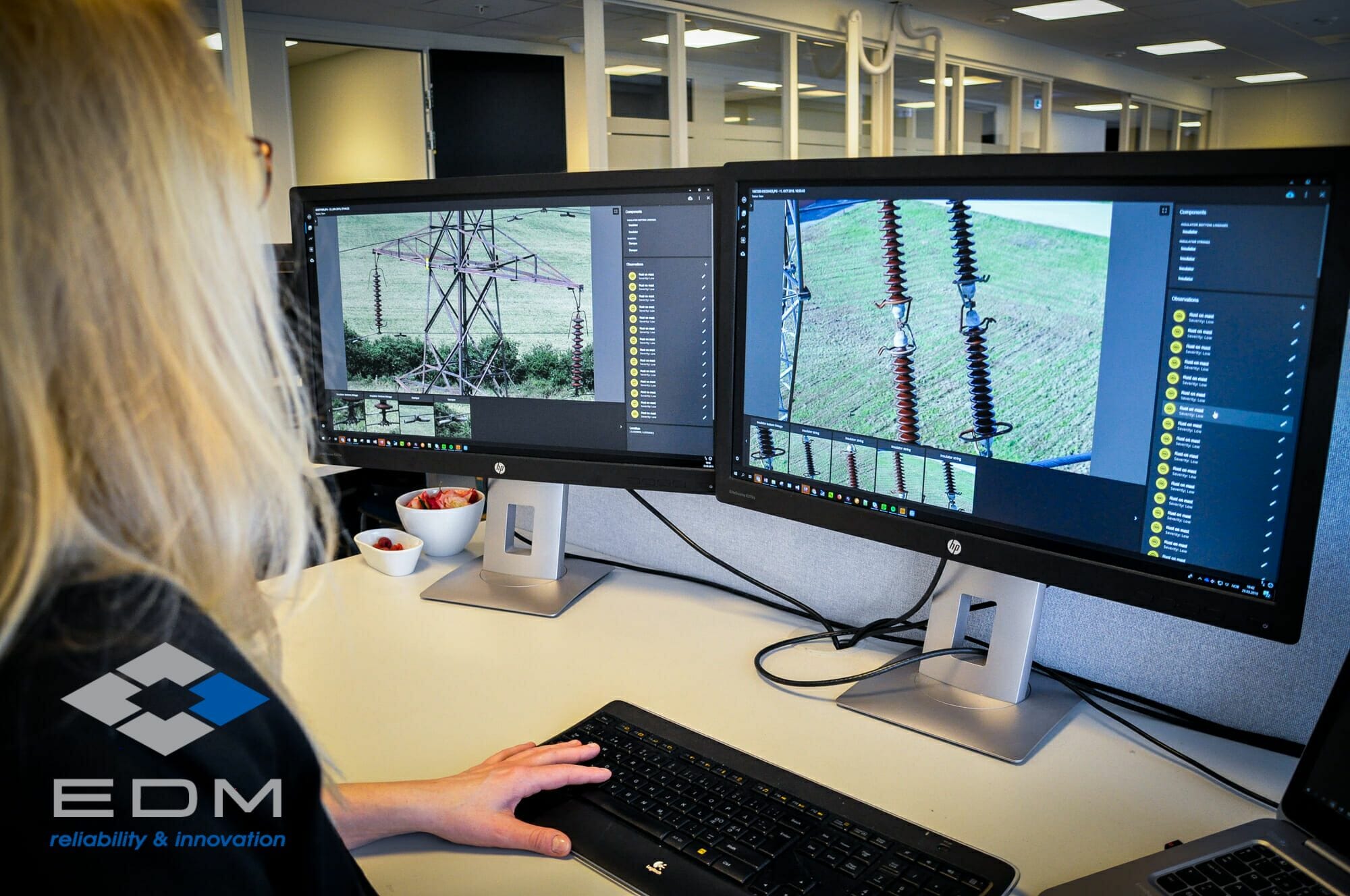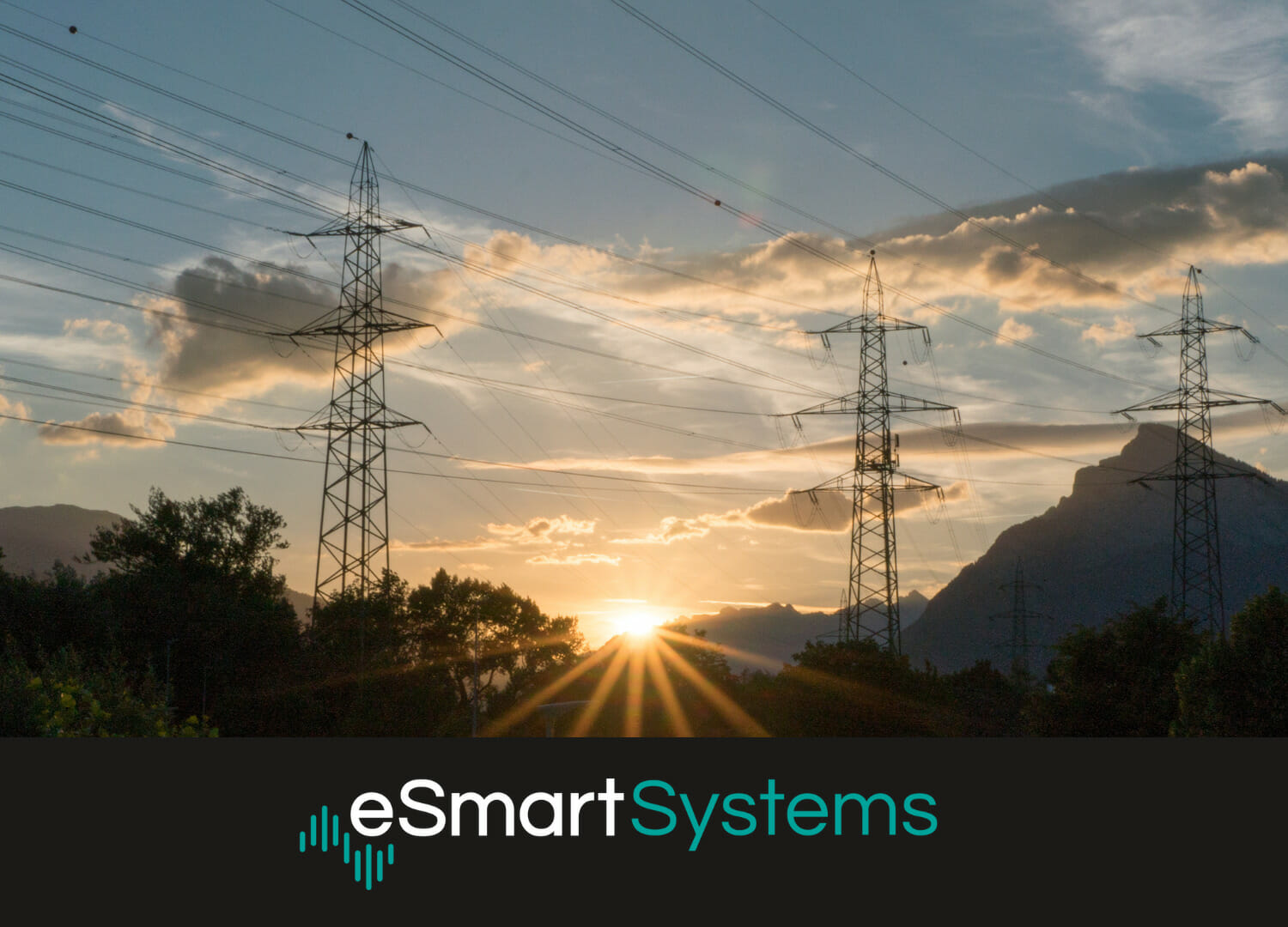Grid operators have been inspecting their critical infrastructure using proven methods for years, but with a skill shortage in the industry, tightening of budgets and need to get more out of existing infrastructure, grid operators need to evaluate and adopt new strategies, technology and methodologies.
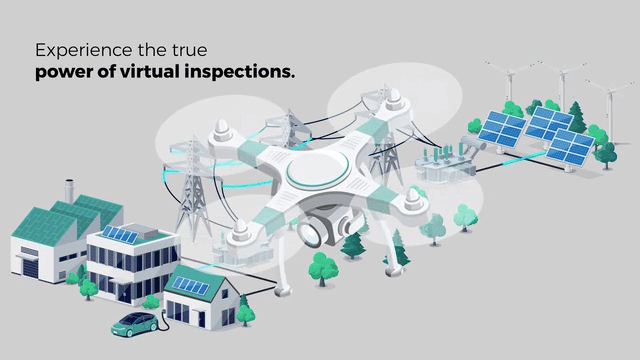
Limitations with current grid inspection methods
Traditional grid inspection methods can demand heavy machinery and a significant workforce on foot patrol or by helicopter. These inspection methods are established and work but are time consuming, manual, labour intensive, dangerous and can be subjective.
The majority of traditional inspection methods tend to be reactive with a find-and-fix approach and most methods are lacking digital documentation and automation within the process. On top of it, these methods are often just focused on capturing data for high priority defects and are prone to human bias and subjectiveness.
How can AI-assisted virtual inspections help grid operators?
AI-assisted virtual grid inspections can support grid operators in addressing some of these challenges and if done right can be an important inspection method in their toolbox. AI-assisted virtual inspections can support grid operators to:
1. Reduce cost and improve safety with less people out in the field, walking the line, climbing structures, or flying helicopters. Virtual inspections can minimize the risk of worker accidents by keeping people out of harm’s way as the asset data can be captured in a safe manner, distanced away from the physical structure using high quality camera technology.
2. Improve consistency and objectivity of inspections with a built-in inspection workflow.
3. Optimize efficiency and productivity of staff by focusing their activities on high value work and letting the AI do the manual and repetitive tasks such as component and defect detection, automating image to asset linking and asset inventory.
4. Potentially identify more defects as the data is collected in the field but the inspection is done remotely, the inspector has more time to view the structure from different perspectives and identify defects of varying priority.
5. Reduce the number of grid incidents and potential outages with higher precision of detecting defects and the ability to identify common vulnerabilities using the image-based digital asset.
6. Improve capital planning by using accurate, objective image-based inspection data that provides insights into the mechanical health of the grid and support your teams to make decisions based on risk of asset and not based on time.
7. Support knowledge retention by digitalizing information on assets and inspection data with an audit trail within inspection software.
8. Reduce OpEx by providing the visual data from virtual inspections (if structured correctly) to wider teams, enabling them to conduct more work from the desk than going out in the field.
9. Get more out of existing infrastructure, new grid infrastructure takes 5 to 15 years to plan, permit and complete. In the meantime, operators must deploy limited OpEX in a targeted way to maintain and inspect the existing grid. Utilities can use the inspection data from virtual inspections that is now digitized and more accurate to support their spending and inspection programs based on risk.
Ready to add visual inspections to your inspection program? Contact us today to start your journey.
Why not watch our webinar on virtual T&D inspections to:
- Learn what virtual inspections are.
- Discover how they fit into utilities’ current processes and how they can be scaled.
- Uncover virtual inspection pitfalls and benefits that can be achieved.
Share article
Latest News & Resources
-

Watch our webinar – Disrupting the status quo: AI in utility operations
Watch this webinar to understand why everyone is talking about -
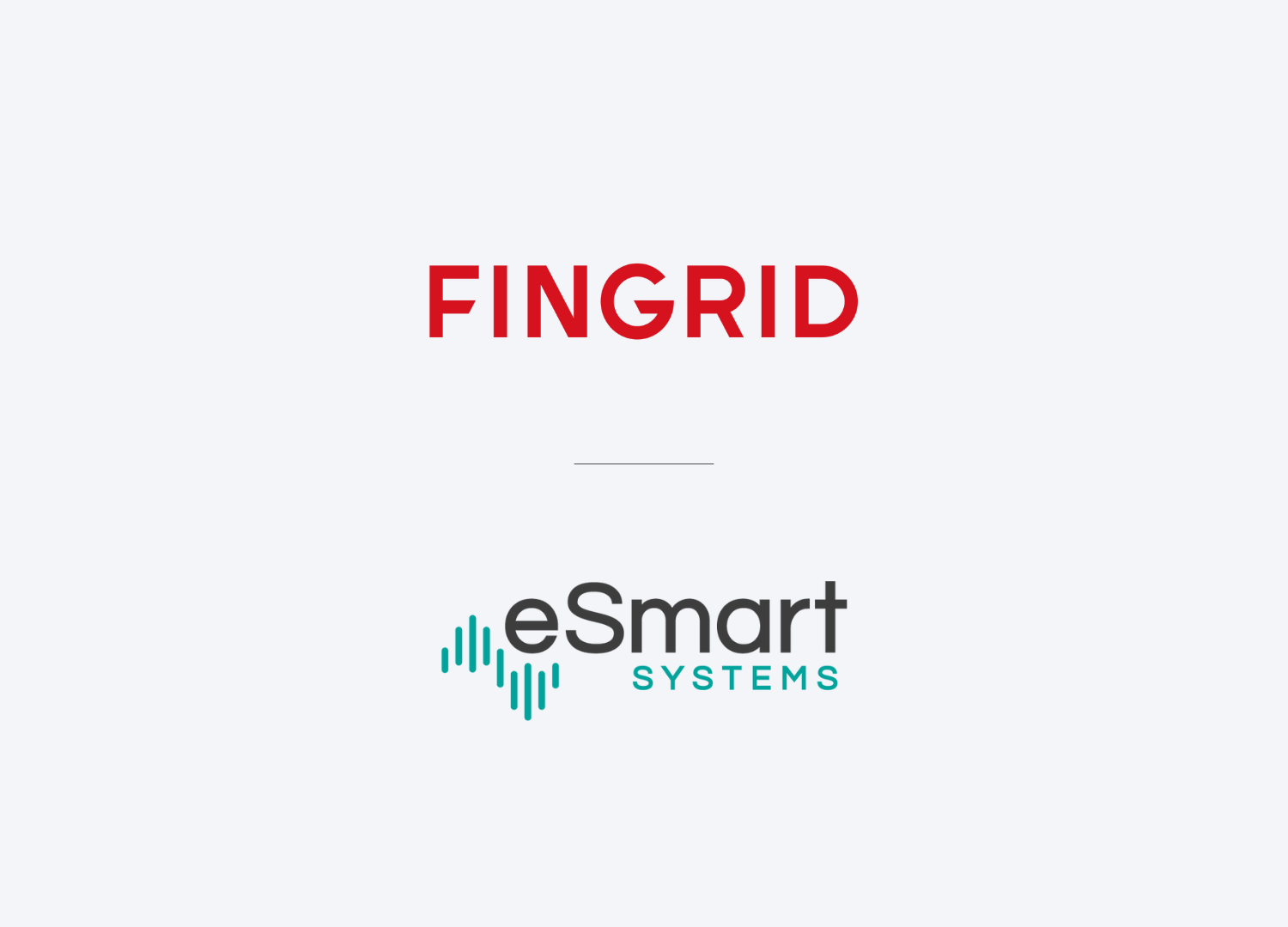
Fingrid advances grid maintenance with conditional analysis using Grid Vision®
May 2025 – Fingrid, Finland’s transmission system operator, has launched -

Could the Iberian Peninsula blackout have been avoided? What it tells us about grid reliability
When large parts of the Iberian Peninsula were plunged into -
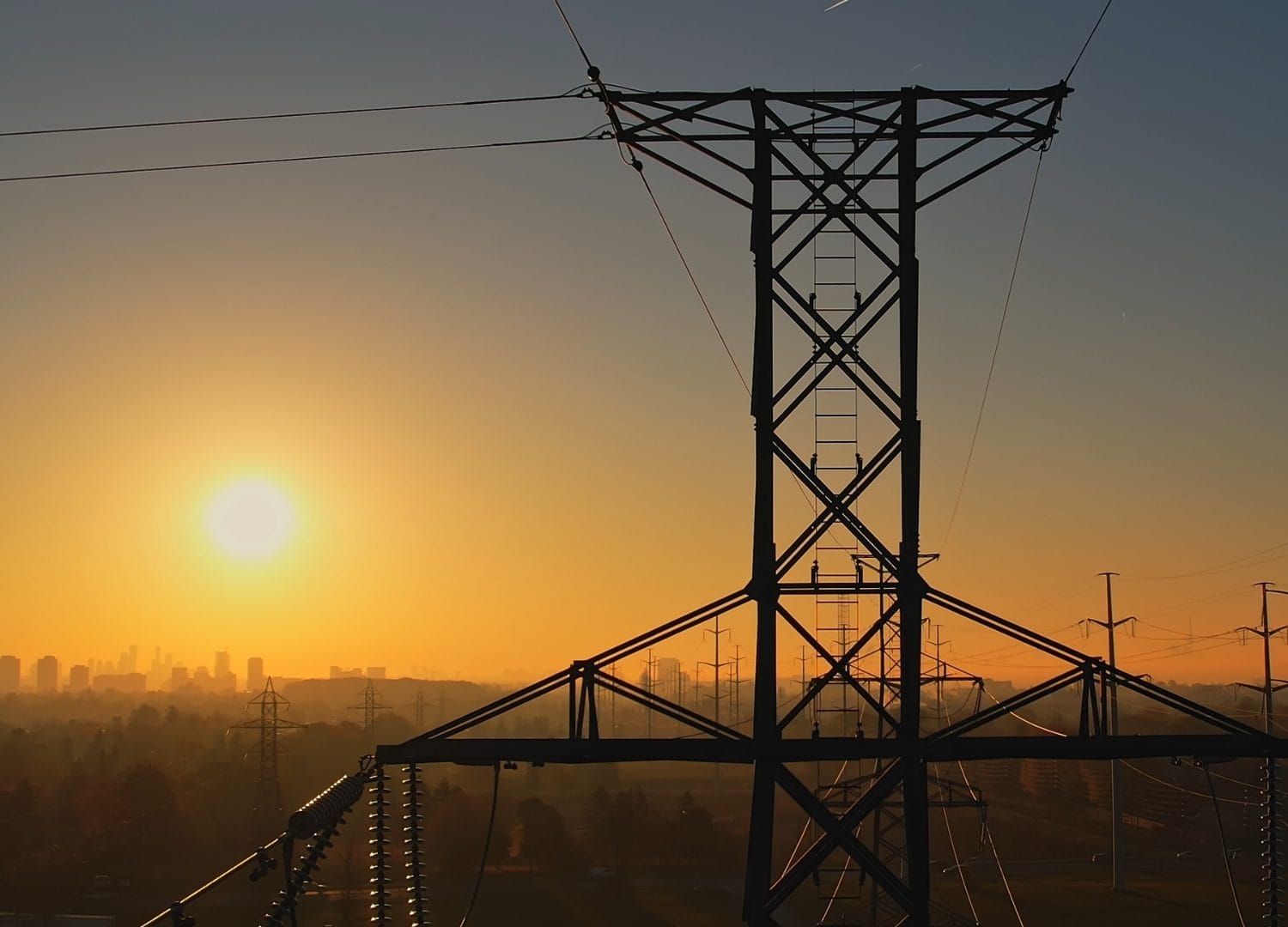
Accurate image-based asset data: The key for successfully managing a growing grid and demand
With global electricity demand projected to grow by 4% in
